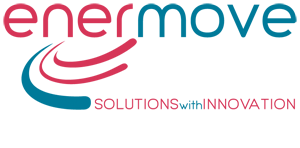– Type of air elimination device; a) air eliminator buffer tank b) bulk air eliminator in front of the meter
– Type of pump for hose stripping at end of unloading
– Safety devices for pump dry run prevention system
– Connection trough flexible hose or rigid arm
– Above or below ground for NPSH limitation
– HMI & operator identification





